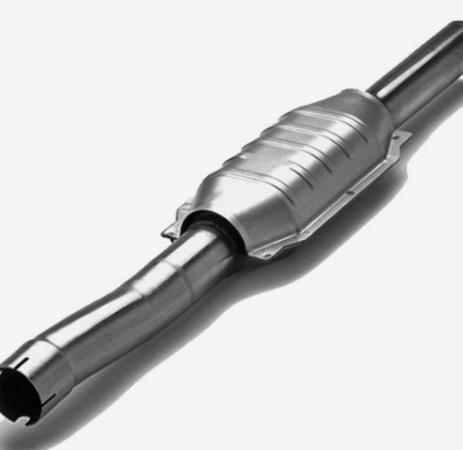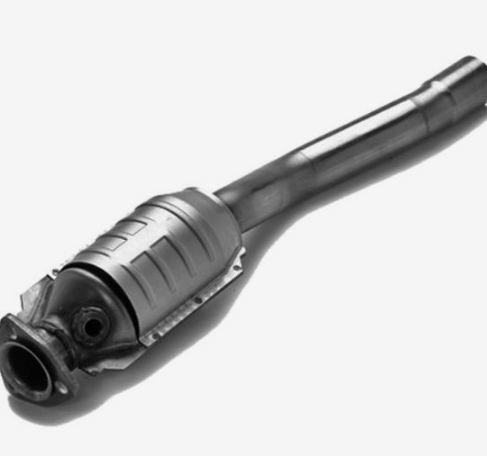Catalysts play a vital role in industries such as automotive, petrochemical, environmental and energy. There is a growing demand for highly efficient catalyst support materials that can enhance catalytic activity while maximizing the utilization of precious resources. In recent years, ceramic honeycomb substrates have emerged as a game-changing solution in catalyst support systems, revolutionizing the way catalysts are used. Let's take a closer look at this innovative substrate and explore its incredible power.
Ceramic honeycomb substrate:


The ceramic honeycomb substrate is a unique honeycomb structure consisting of numerous thin-walled channels forming a hexagonal grid pattern. These channels are usually made of ceramics, such as cordierite or alumina, chosen for their excellent thermal and mechanical properties. Ceramic honeycomb substrates are known for their high porosity and low pressure drop, making them ideal for a variety of applications requiring efficient airflow.
Improve catalyst performance:
This special substrate can be used as a support system for catalysts and has many advantages over traditional catalyst support materials. Due to its honeycomb structure, it provides a large surface area for catalyst deposition. Therefore, more catalyst material can be uniformly distributed, thereby improving catalytic activity and efficiency. Additionally, the low pressure drop characteristics of the ceramic honeycomb substrate ensure optimal airflow, thereby minimizing energy consumption.
Wide range of applications:
Ceramic honeycomb substrates have applications in a variety of industries that rely on catalysts. In automotive catalytic converters, these substrates can effectively convert harmful exhaust gases into less toxic emissions, thereby reducing air pollution. They are also widely used in industrial emission control systems such as gas turbines to remove pollutants and comply with stringent environmental standards.
In addition, ceramic honeycomb substrates play an important role in hydrogen production and fuel cells, enabling the efficient conversion of renewable energy into usable electricity. Its durability and high temperature resistance make it ideal for harsh operating conditions, ensuring long-lasting, reliable performance.
Environmental Benefits:
The adoption of ceramic honeycomb substrates brings enormous environmental benefits. The ability of these substrates to enhance catalytic activity could allow lower catalyst loadings and thus overall use of noble metals such as platinum and palladium. This therefore reduces the environmental impact associated with mining and refining these costly resources.
Additionally, efficient conversion of harmful emissions through ceramic honeycomb substrates can help reduce air pollution and contribute to a cleaner, healthier environment. The reduction in energy consumption brought about by low pressure drop also translates into a reduction in carbon emissions, promoting sustainable development and combating climate change.
In summary:
In the field of catalyst support systems, ceramic honeycomb substrates have proven to be real game changers. Its unique porous structure, high porosity and low pressure drop make it an excellent catalyst support material. By enhancing catalytic activity, minimizing energy consumption and providing environmental benefits, ceramic honeycomb substrates bring new possibilities to industries aiming to improve efficiency and sustainability. As technology continues to advance, we can only expect further innovations and applications of this remarkable substrate in catalytic processes, paving the way for a brighter, greener future.
Post time: Aug-30-2023



